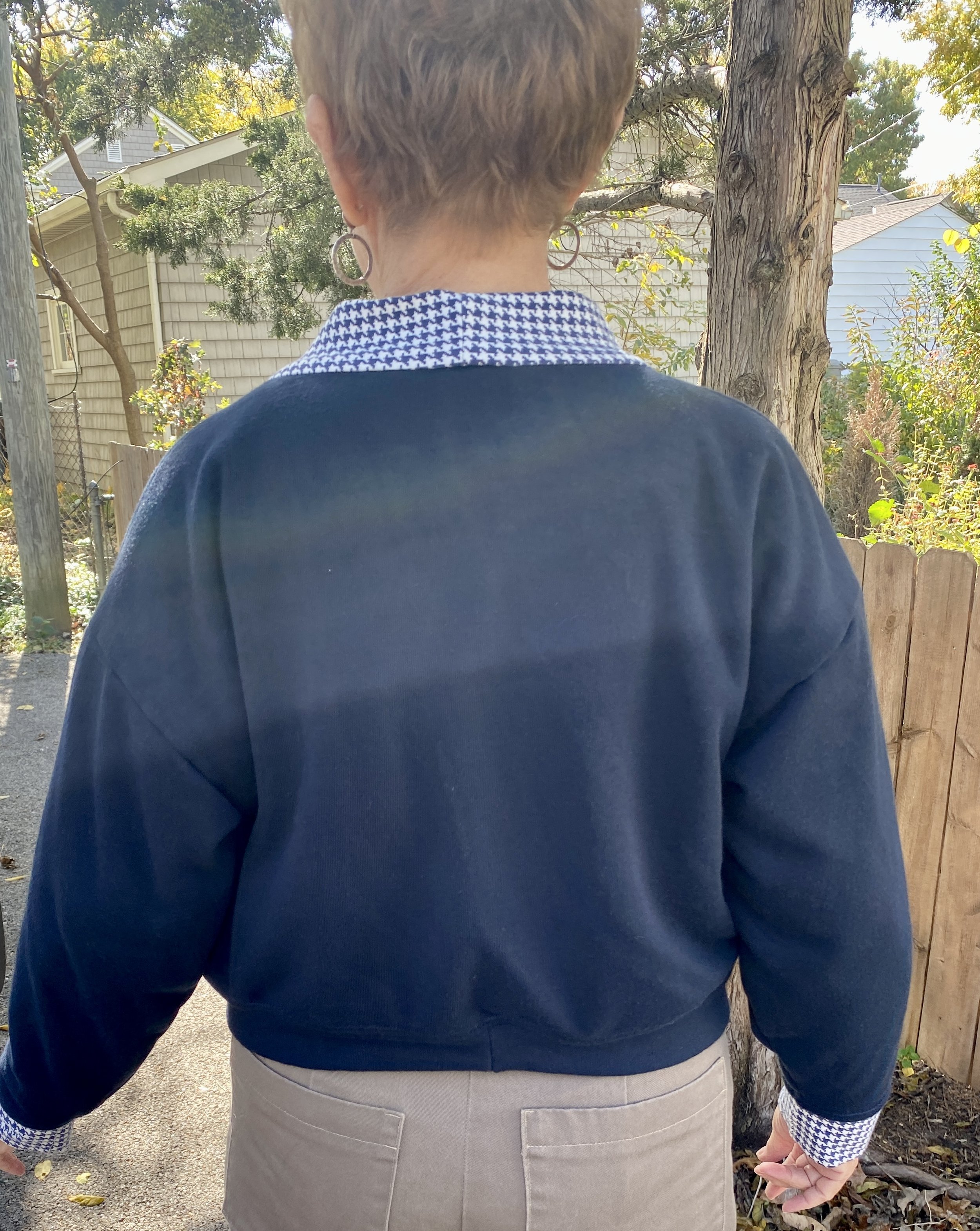Bonjour, fellow sewing enthusiasts! Let’s learn how to sew French seams – those magical stitches that turn ordinary seams into masterpieces and bid farewell to frayed edges. So grab your spools, don your imaginary beret, and let’s journey together into sewing finesse!
Prepare Your Fabric:
You’ll want to do this on thinner fabrics, such as a lawn, voile, gauze or similar weight. This one is a lovely fabric by Art Gallery Place the fabric's wrong sides together. This is the opposite of traditional sewing, where you sew with the right sides together.
The backs of the fabrics are facing each other.
Sew the First Seam:
Pin the seam you want to sew with a French seam, ensuring the fabric is aligned.
Sew a straight seam with a 1/4-inch seam allowance. This is smaller than your final seam allowance.
Trim and Press:
Trim the seam allowance to about 1/8 inch (3mm) to remove excess bulk.
Press the seam open with an iron.
Fold and Press:
Fold the fabric along the seam line so the right sides face each other.
Press along the folded line to create a neat crease.
Sew the Second Seam:
Sew another seam with a 3/8-inch seam allowance (or your desired seam allowance). This will encase the raw edges from the first seam within the fold.
The first seam you sewed will now be hidden within this second seam.
The fronts of the fabric are now facing each other.
Press and Finish:
Press the seam to one side. The raw edges are now encased, creating a clean and finished look on the right side of the fabric.
Your French seam is complete! This method prevents fraying and creates a clean and polished finish on both sides of the fabric. It's particularly useful for delicate fabrics like chiffon, silk, and lightweight cotton.
Remember that French seams work best on fabrics that aren't too thick, as they can become bulky with multiple layers. Consider other seam finishing techniques like flat-felled seams or serged finishes if you're working with heavier fabrics.
































